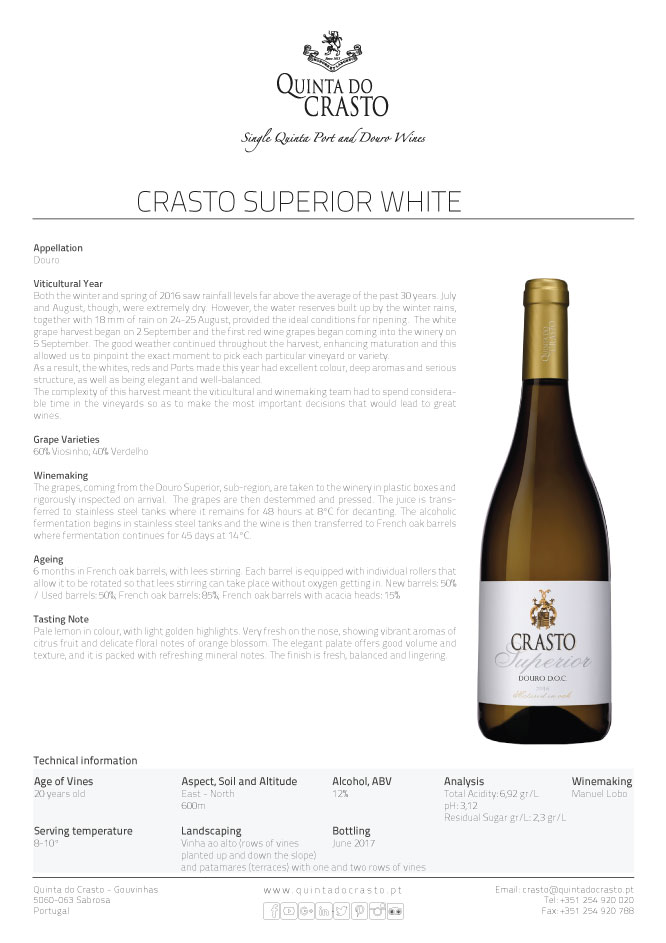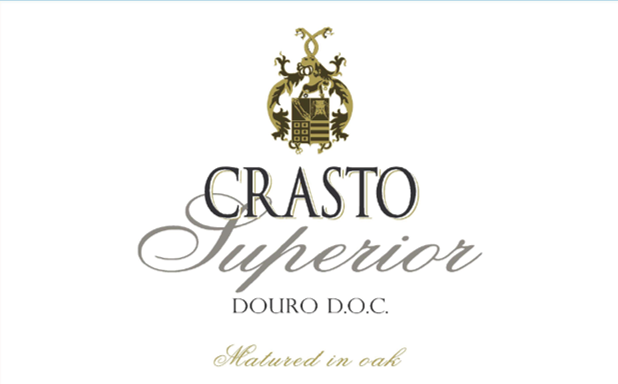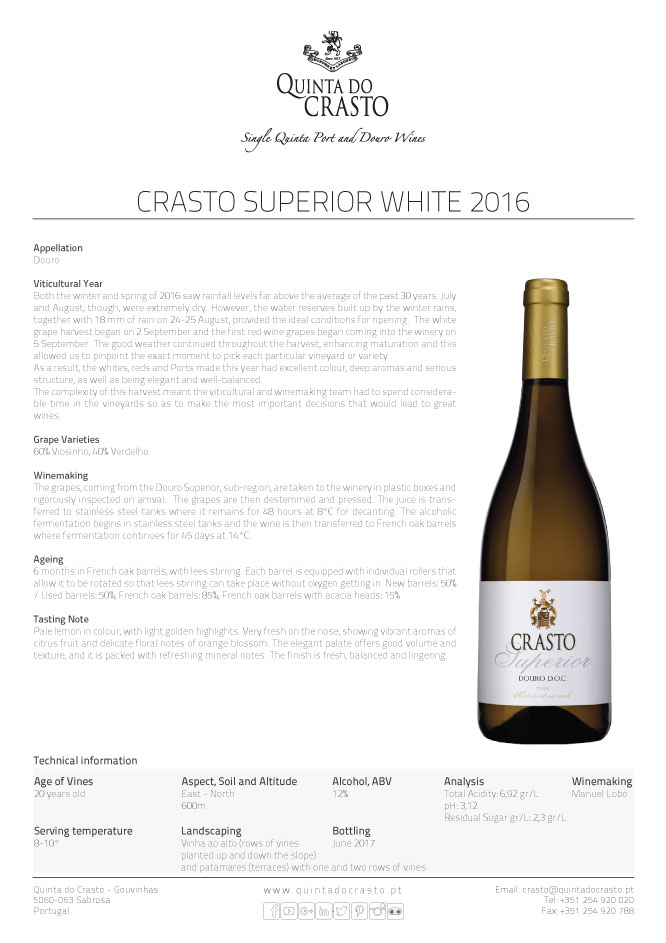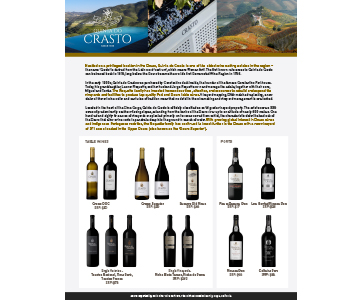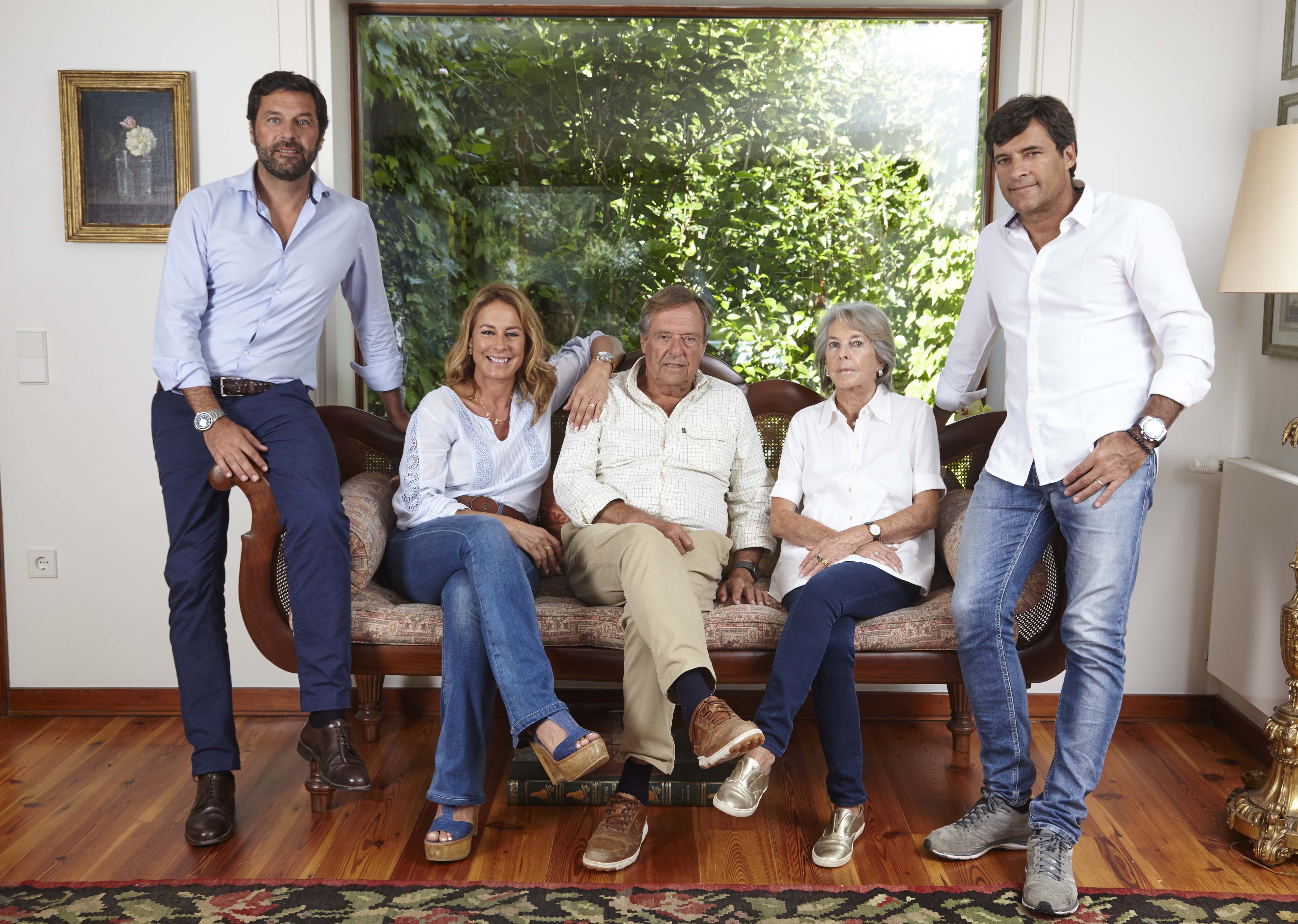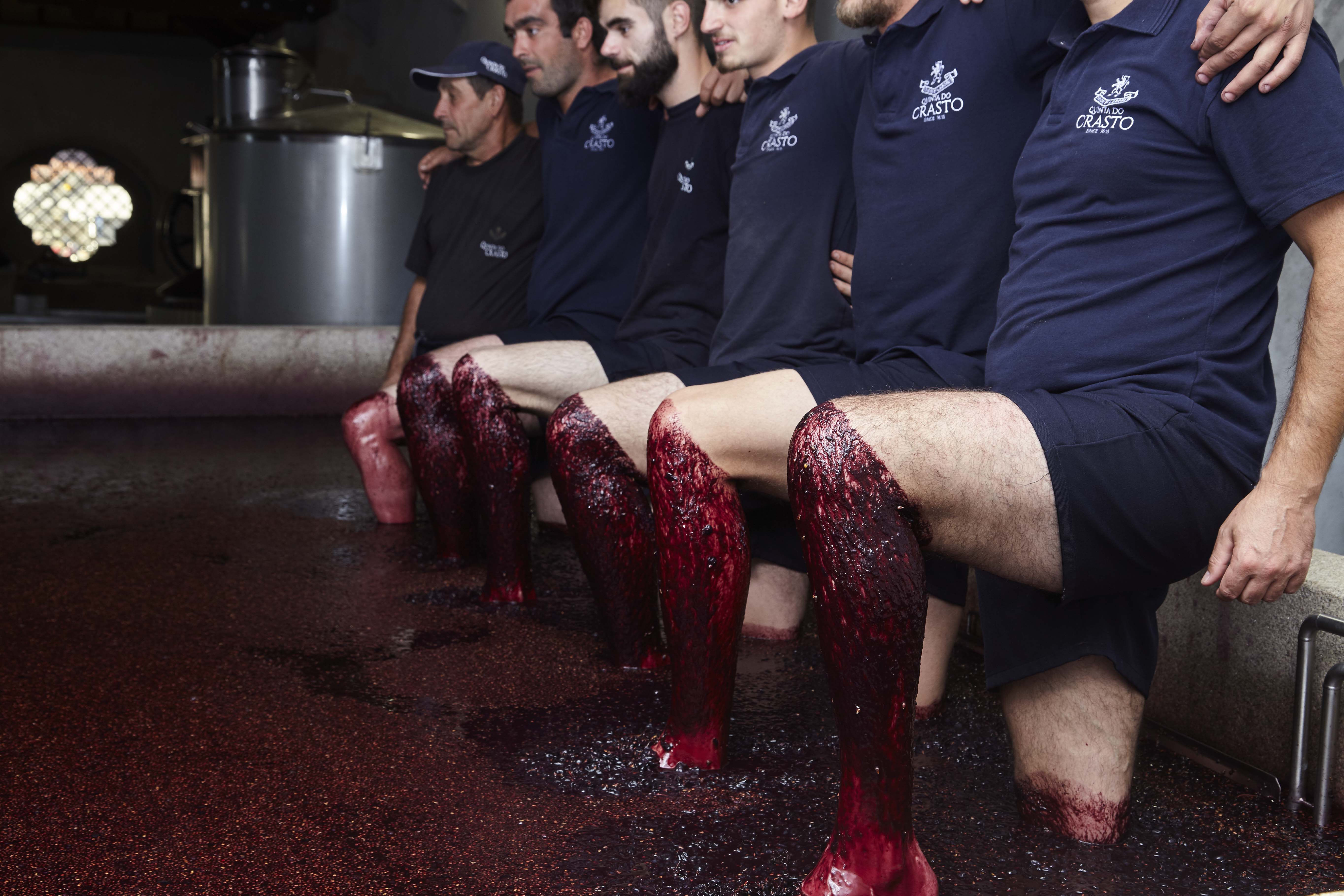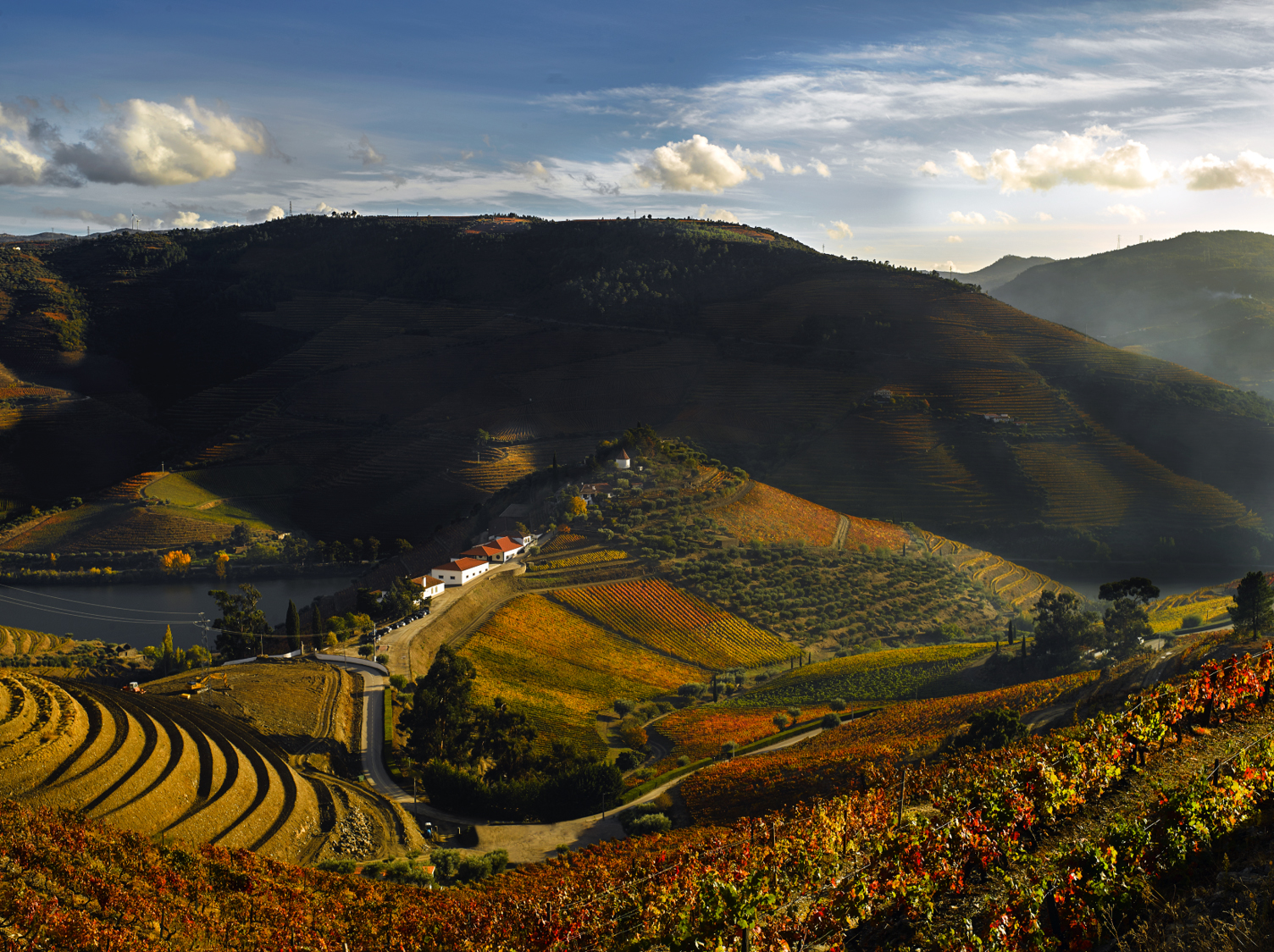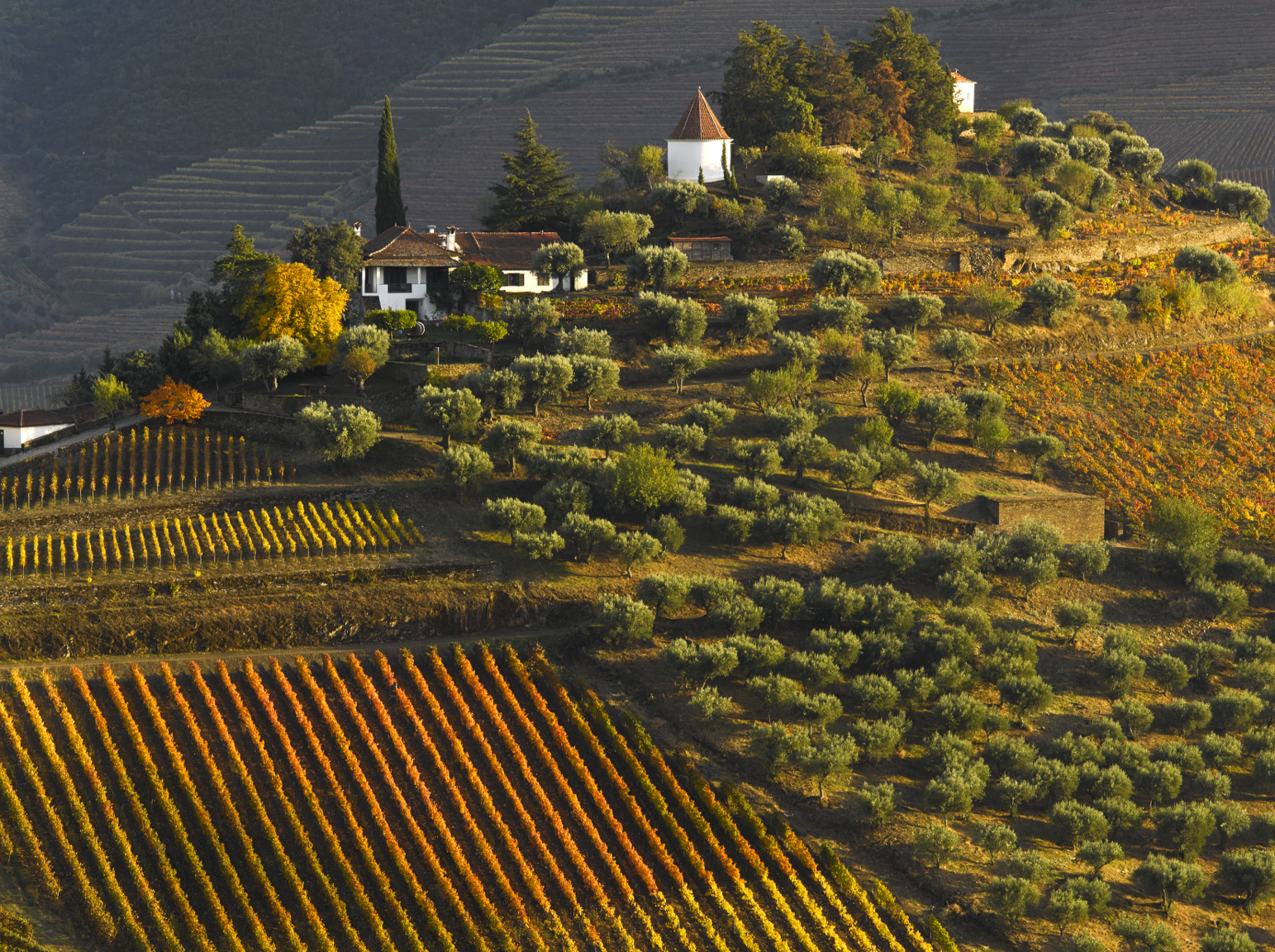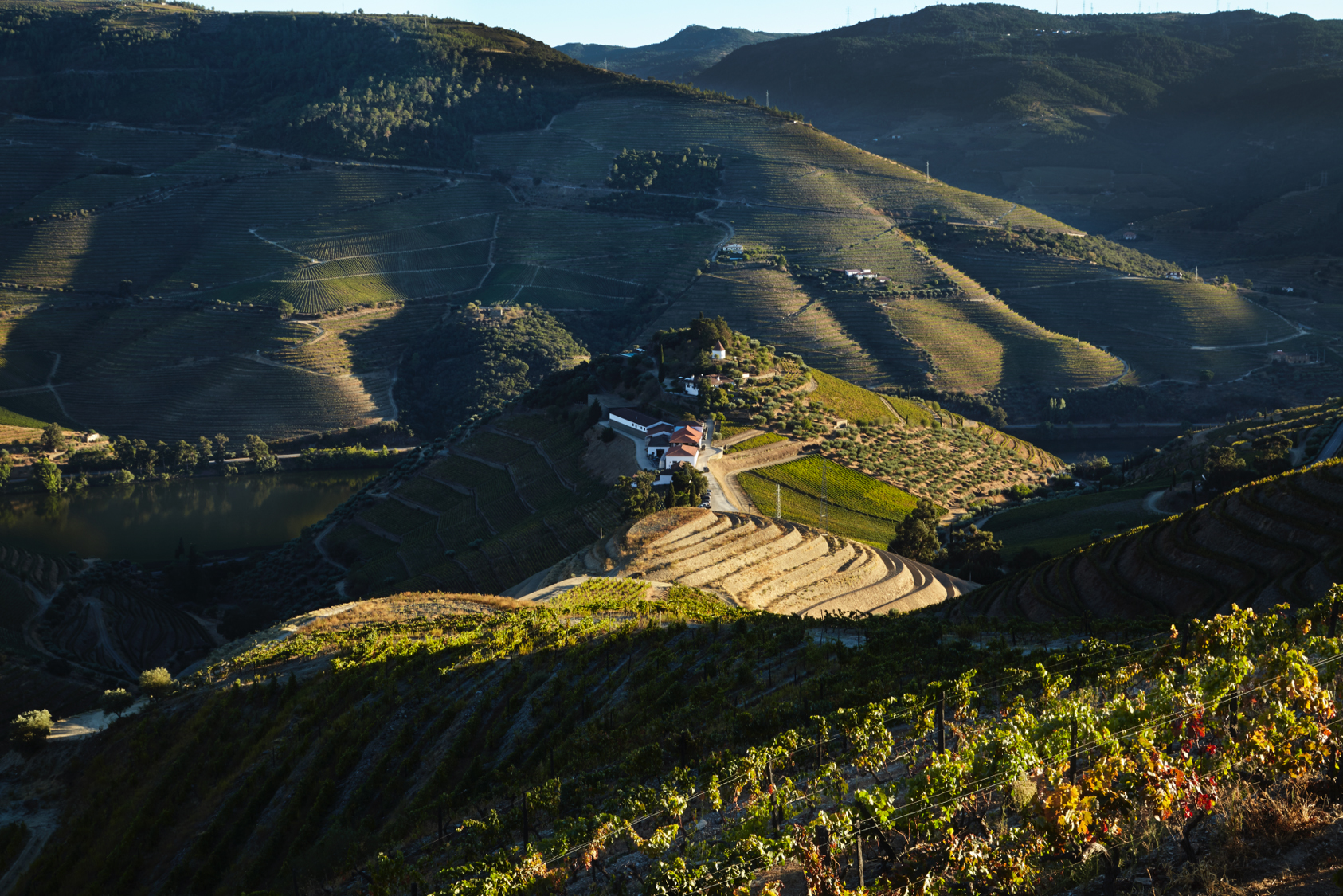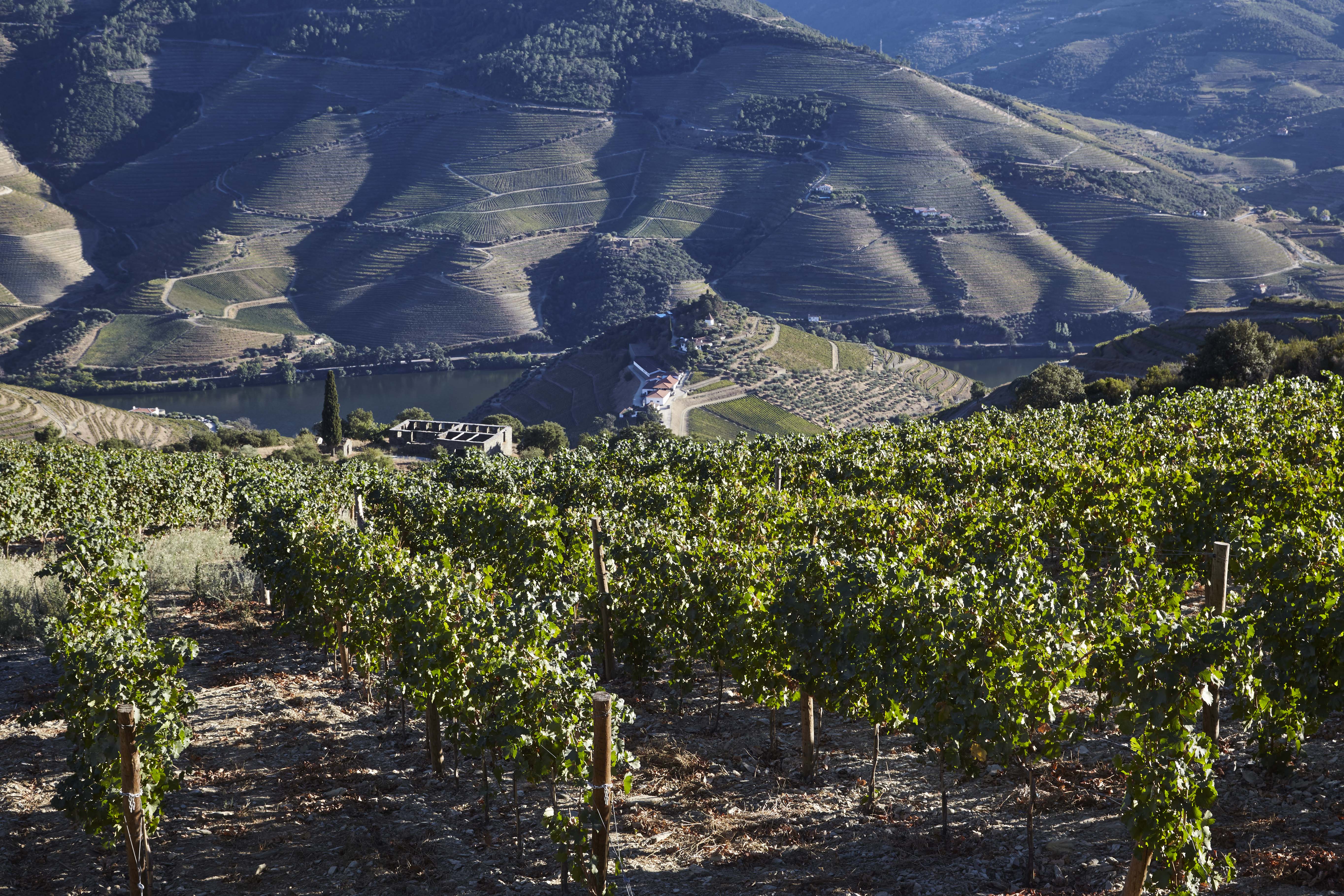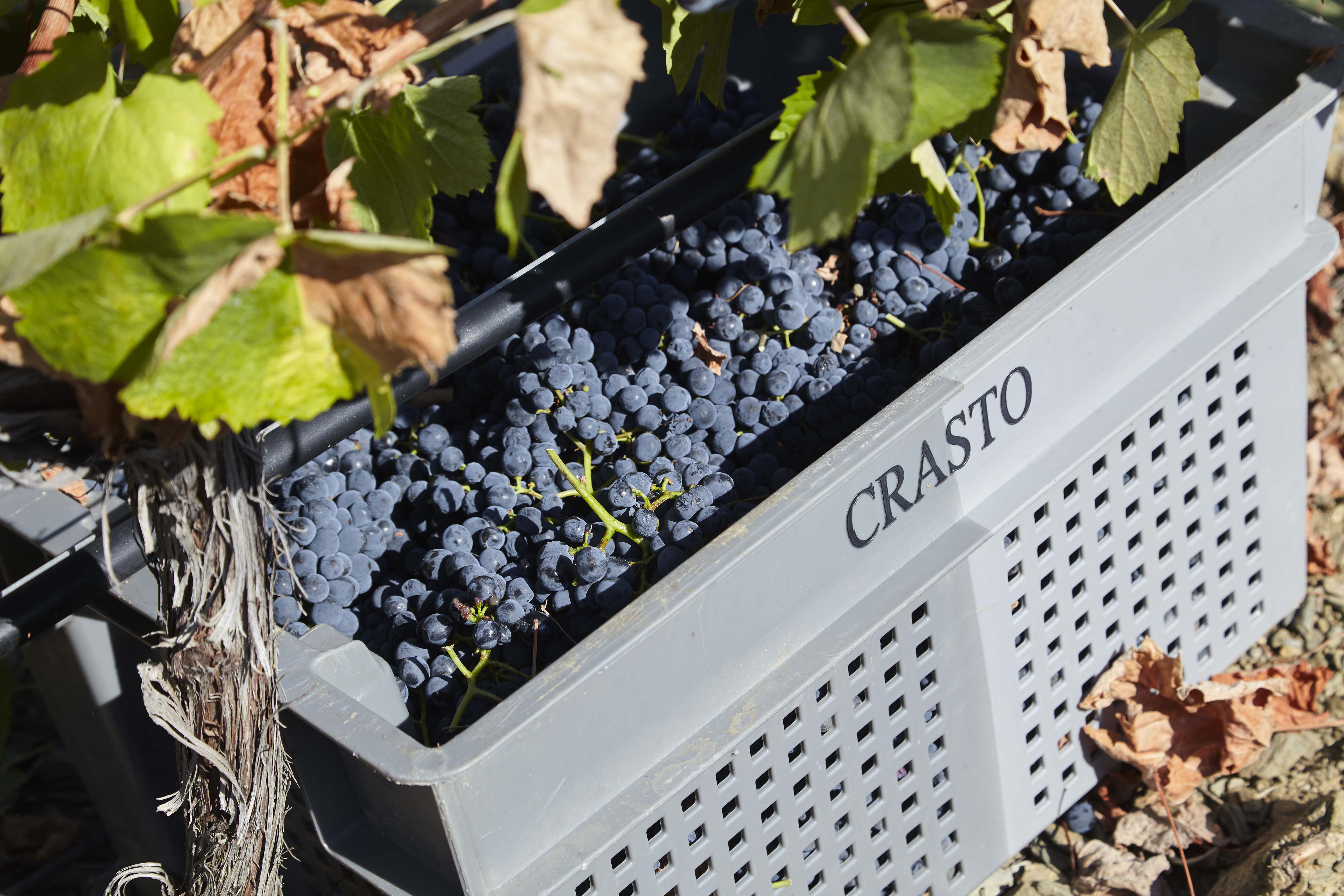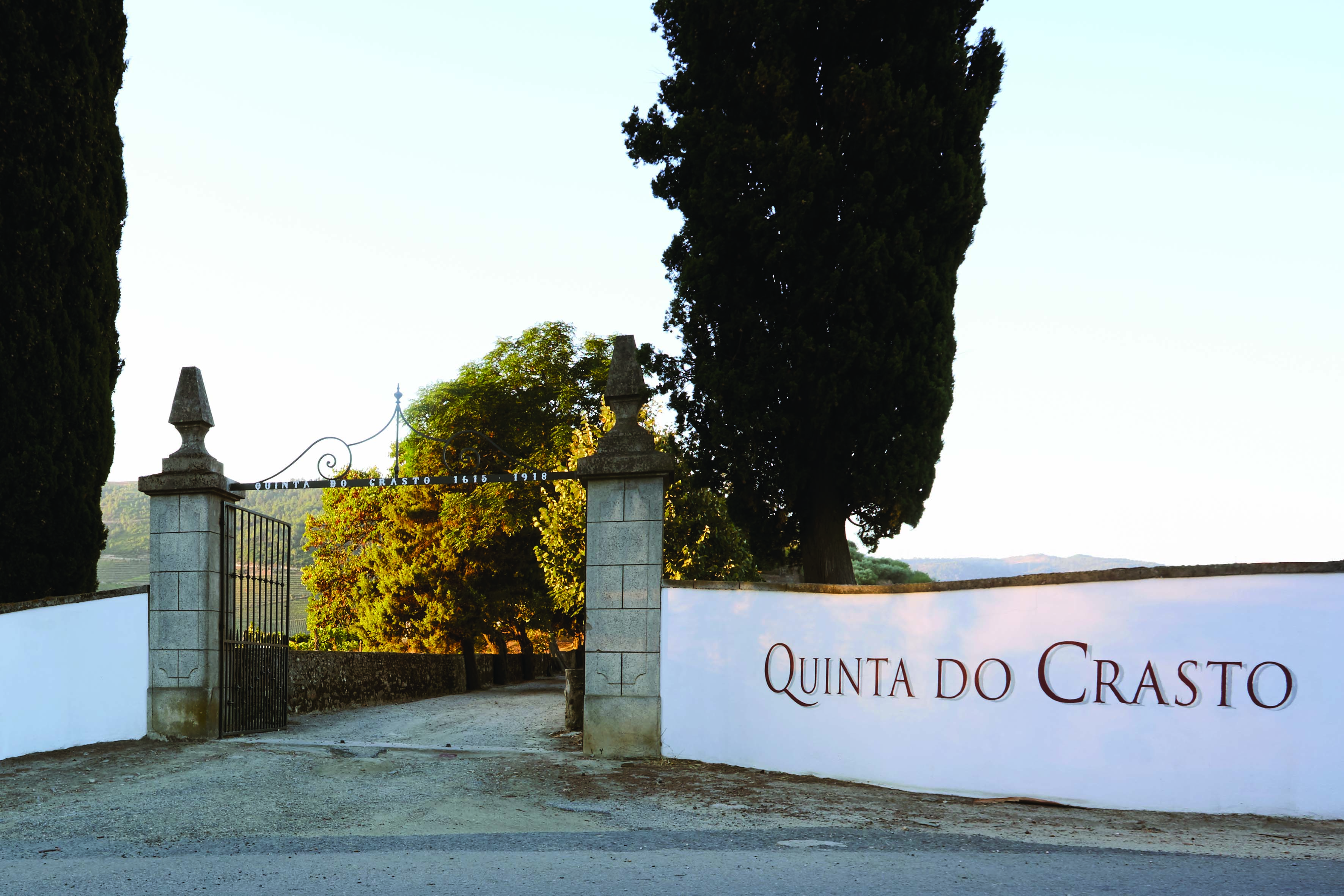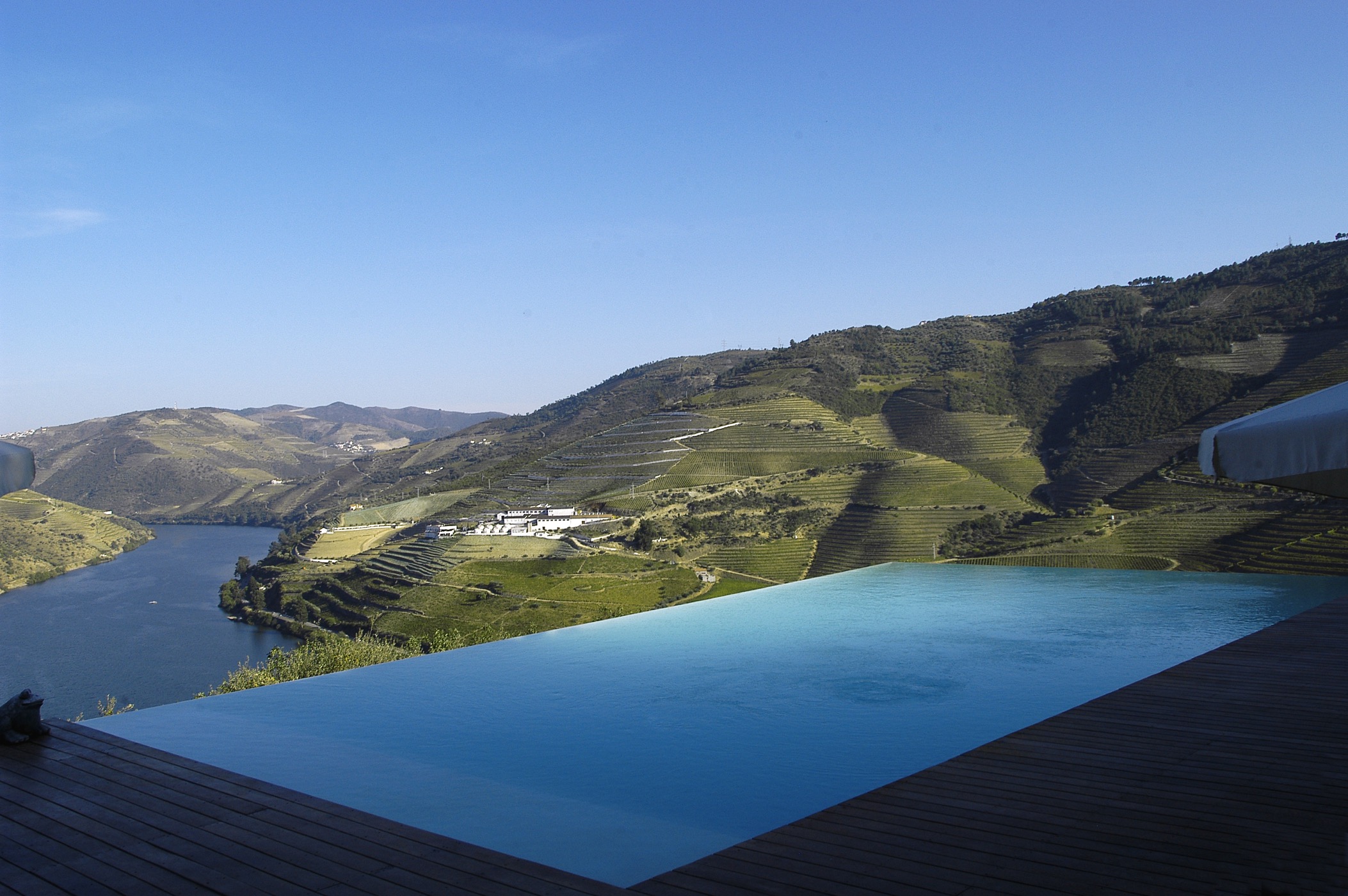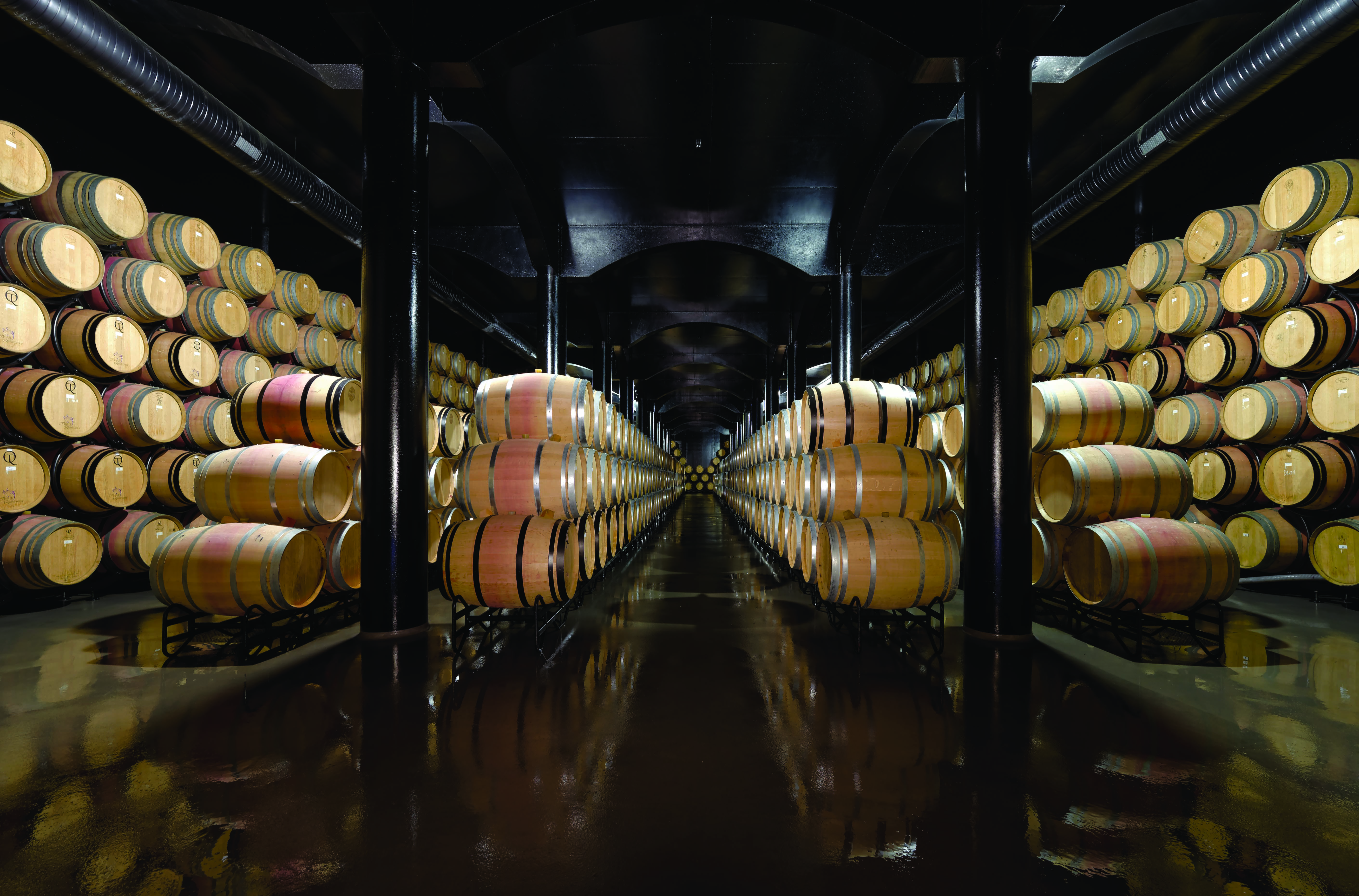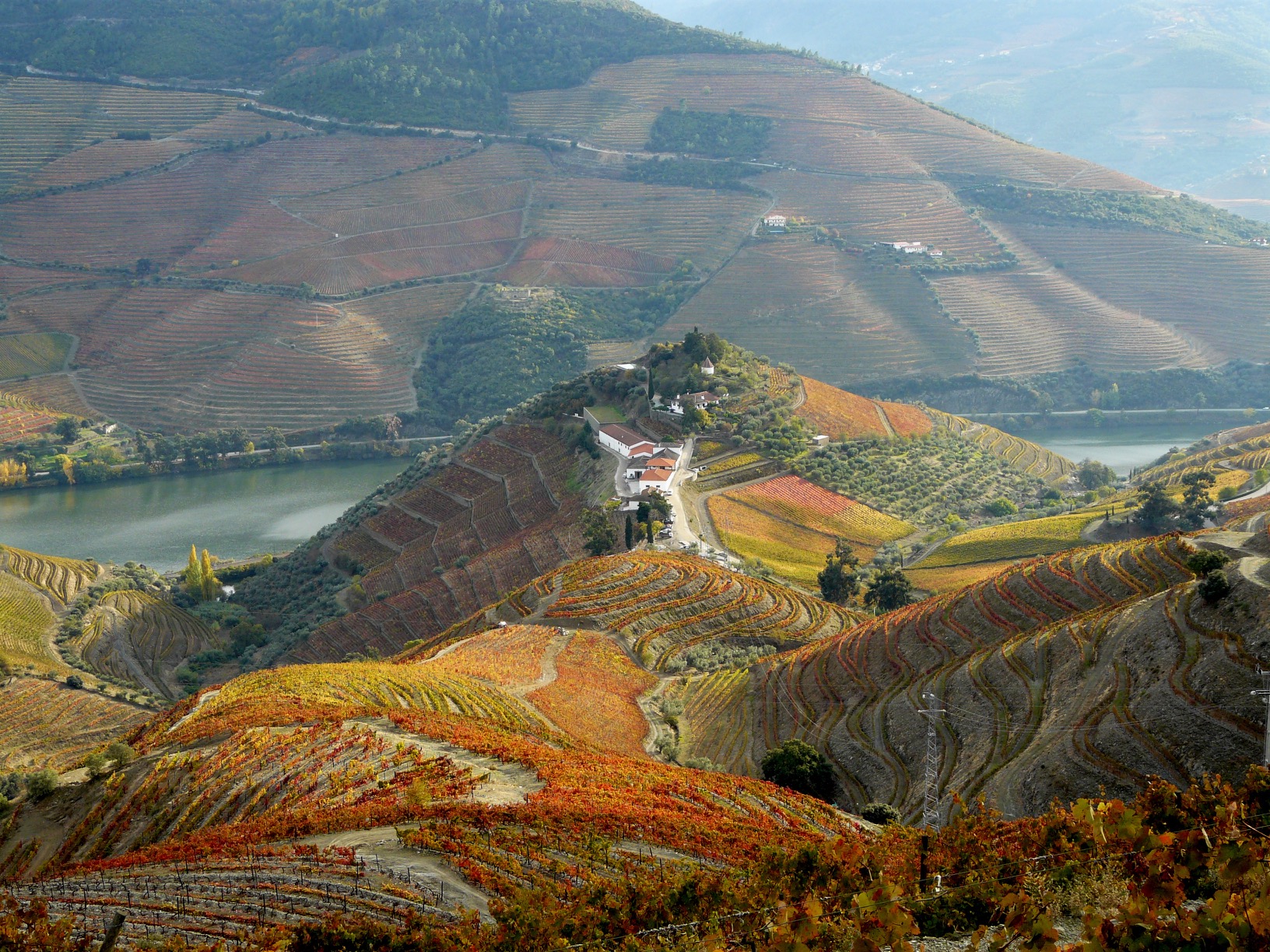


Crasto Superior White
Douro DOC, Douro Valley, Portugal
Tasting Notes
Lemon in color, with light golden hues. The nose is fresh and seductive, with fine citrus aromas well integrated with light floral notes and crispy minerality. Serious on the palate, with excellent volume and an outstanding freshness and minerality. This is a wine with a balanced and persistent finish, and great ageing potential.
Vintage Notes
After the hot and dry year of 2017, the winter of 2018 brought little relief in terms of precipitation. In fact, there was hardly any rain at all from October 2017 until February 2018. Then, the first rains began late in the month and continued in abundance until mid-June. The spring was wet and mild in temperature, which led to considerable problems with mildew between flowering and fruit set. This was an unusual problem for most Douro Valley grape growers. We had to ready to act at precisely the right moment, as there was no margin of error in controlling for vineyard health. At the end of July came the veraison, and the grapes began to ripen. August was hot and dry. Thankfully, the spring rains had left soil water reserves that allowed the vines to do their job and produce an excellent canopy. Outstanding grape ripeness was the result. Cold nights and hot, dry September days allowed late-ripening grape varieties such as Touriga Franca to reach excellent levels of ripeness. The 2018 harvest began with the arrival of the first white grapes from Quinta do Crasto on August 29, and we wrapped up on October 14 with the last grapes from the highest altitude vineyards. On balance, 2018 brought exceptional balance and freshness to our white wines; our reds turned out concentrated, with outstanding structure and freshness, and clearly defined aromas.
Winemaking Notes
The grapes, coming from the Douro Superior sub-region, are taken to the winery in plastic boxes and rigorously inspected on arrival. The grapes are then destemmed and pressed, and the juice is transferred to stainless steel tanks where it remains for 48 hours at 46ºF for decanting. The alcoholic fermentation begins in stainless steel tanks and the wine is then transferred to French oak barrels where fermentation continues for 45 days at 57ºF.
Technical Info
- Age of Vines: 22 years
- Serving temperature: 46ºF-50ºF
- Aspect and Altitude: East - North600 m
- Landscaping: Vinha ao alto (rows of vines planted up and down the slope) and patamares (terraces) with one and two rows of vines
- Alcohol: ABV 12.5%
- Bottling: October 2019
- Total Acidity: 6.7 gr/L
- pH: 3.15
- Residual Sugar: 2.2 gr/L
Tasting Notes
Lemon in colour, with light golden hues. Expressive on the nose, with citrus aromas, delicate floral notes and a crispy minerality. The palate starts out fresh, evolving into a finely textured wine that reveals excellent volume, citrus fruit flavours and pleasant mineral sensations. This is an elegant wine, with a lingering finish and a natural acidity that will allow it to evolve positively in the bottle. 60% Viosinho; 40% Verdelho
Vintage Notes
The 2017 harvest will go down in the as the earliest ever at Quinta do Crasto. An unusually warm and dry winter meant that the vines’ growth cycle began earlier than normal. Low rainfall continued throughout the cycle leading to moderate water stress and the vines had to naturally adapt to these adverse weather conditions. Harvest began on 8 August, with the Viosinho grapes that would go into the Crasto White Wine 2017 blend. This was an important decision since it allowed us the desired levels of freshness and natural acidity. On balance, we can say that 2017 was a year of lower yields, with fewer bunches of smaller grapes, but that had excellent concentration and an optimal skin to pulp ratio. This was a challenging year for the viticulture and winemaking teams. We had to perfectly time the harvest to ensure maximum quality. 2017 will certainly go down in history as a year of exceptional wines.
Winemaking Notes
The grapes, coming from the Douro Superior sub-region, are taken to the winery in plastic boxes and rigorously inspected on arrival. The grapes are then destemmed and pressed. The must is transferred to stainless steel tanks where it remained for 48 hours at 8ºC for decanting. The alcoholic fermentation begins in stainless steel tanks and the wine is then transferred to French oak barrels where fermentation continues for 45 days at 14ºC. Ageing: 6 months in French oak barrels. Barrels are stored in a rack system with rollers which enables barrels to be rotated to stir the fine lees without the introduction of oxygen. New barrels: 50% / Used barrels: 50%. French oak barrels: 85% | French oak barrels with acacia heads: 15%.
Tasting Notes
Pale lemon in colour, with light golden highlights. Very fresh on the nose, showing vibrant aromas of citrus fruit and delicate floral notes of orange blossom. The elegant palate offers good volume and texture, and it is packed with refreshing mineral notes. The finish is fresh, balanced and lingering. 60% Viosinho; 40% Verdelho
Vintage Notes
Both the winter and spring of 2016 saw rainfall levels far above the average of the past 30 years. July and August, though, were extremely dry. However, the water reserves built up by the winter rains, together with 18 mm of rain on 24-25 August, provided the ideal conditions for ripening. The white grape harvest began on 2 September and the first red wine grapes began coming into the winery on 5 September. The good weather continued throughout the harvest, enhancing maturation and this allowed us to pinpoint the exact moment to pick each particular vineyard or variety. As a result, the whites, reds and Ports made this year had excellent color, deep aromas and serious structure, as well as being elegant and well-balanced. The complexity of this harvest meant the viticultural and winemaking team had to spend considerable time in the vineyards so as to make the most important decisions that would lead to great wines.
Winemaking Notes
The grapes, coming from the Douro Superior, sub-region, are taken to the winery in plastic boxes and rigorously inspected on arrival. The grapes are then destemmed and pressed. The juice is transferred to stainless steel tanks where it remains for 48 hours at 8ºC for decanting. The alcoholic fermentation begins in stainless steel tanks and the wine is then transferred to French oak barrels where fermentation continues for 45 days at 14ºC. Aging: 6 months in French oak barrels, with lees stirring. Each barrel is equipped with individual rollers that allow it to be rotated so that lees stirring can take place without oxygen getting in. New barrels: 50% / Used barrels: 50%; French oak barrels: 85%; French oak barrels with acacia heads: 15%
 Back To Menu
Back To Menu

